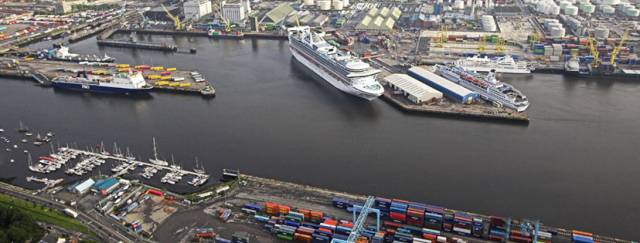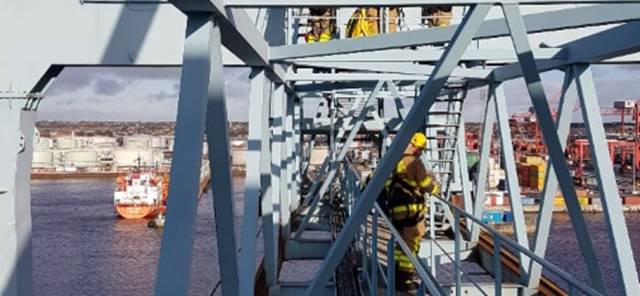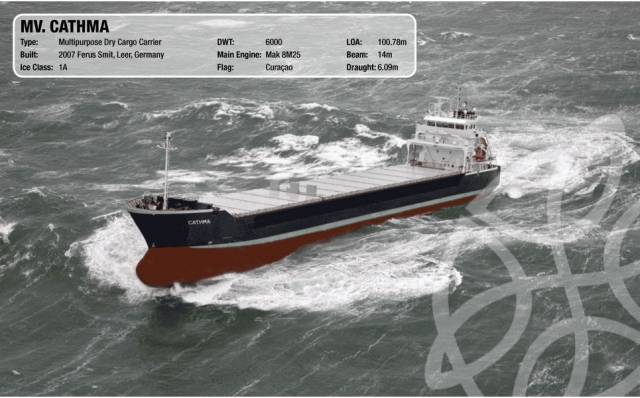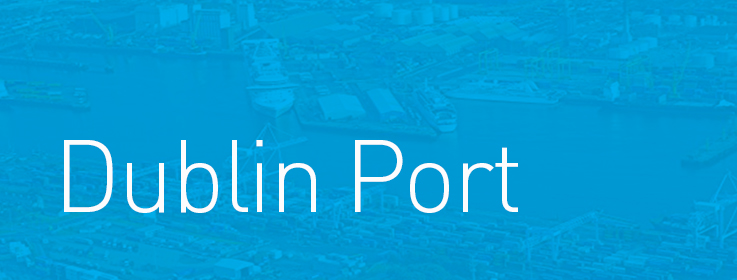


New Ro-Ro Giant Sister Makes Debut in Dublin Port On Direct Ireland-Euro Route
26th February 2018 Dublin Port

Dublin Port’s 2017 Cargo Volumes Grow 4.3% in Third Successive Record Year
16th January 2018 Dublin Port
Scaling New Heights As Dublin Fire Brigade Practice Exercises from Port Container Cranes
2nd January 2018 Dublin Port



Dublin Port Company Brings ‘My Port, River, City’ Student Photo Exhibition to the CHQ Building
8th December 2017 Dublin PortSupramax Bulker Joins Danish Group’s Ferry Subsidiary Seatruck Ships in Dublin Port
29th November 2017 Dublin Port
Cargoship Calls to Capital to Load Concentrates for Dublin Based Group
22nd November 2017 Dublin Port
Ferry Operator Stena Line and Doyle Shipping in Court Over Contract Termination
7th November 2017 Dublin PortOld B+I Line Office to Become Part of Mixed Dublin Docklands Redevelopment
5th November 2017 Dublin Port






























































